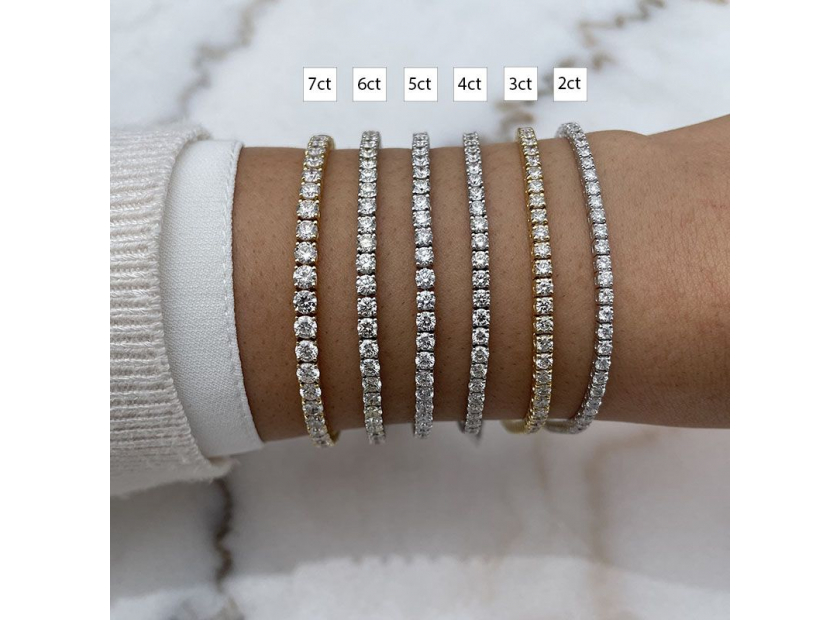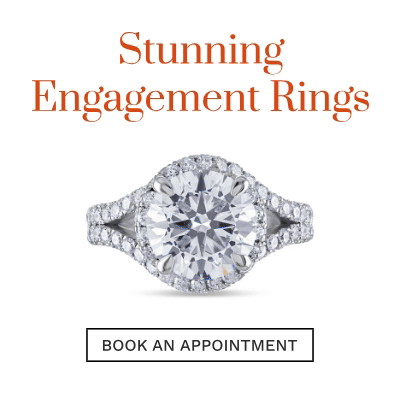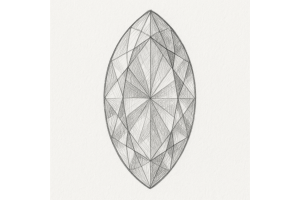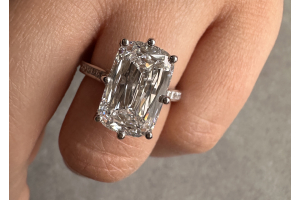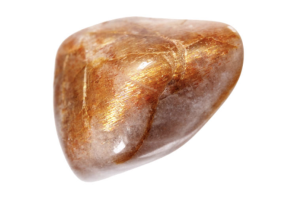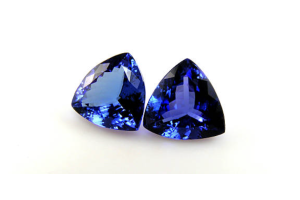GBP
/
GBP
/
Shipping to:
Currency:
Decoding Tennis Bracelet Sizes: A Comprehensive Guide to Carat Comparison
Understanding Carat Weight in Tennis Bracelets
When selecting a tennis bracelet, the carat weight is a crucial factor that significantly influences the overall appearance and value of the piece. Carat weight refers to the weight of the diamonds used in the bracelet, and understanding how this affects the look and feel of the bracelet is essential for making an informed choice.
Carat weight directly impacts the size of each diamond, which in turn affects the bracelet's overall width and visual presence. A higher carat weight generally means larger diamonds, which create a more substantial and luxurious look. However, the carat weight is only one aspect of a bracelet’s appearance. The design, setting, and quality of the diamonds also play significant roles in determining the bracelet's beauty and wearability.
Choosing the Right Carat Weight for Your Tennis Bracelet
Selecting the right carat weight involves balancing personal style preferences with practical considerations. For example, a delicate bracelet with smaller diamonds might be more suitable for everyday wear, while a more substantial piece could be reserved for special occasions.
Your choice may also depend on your wrist size. Those with smaller wrists might prefer a tennis bracelet with a lower carat weight, ensuring the bracelet doesn't appear too overwhelming. Conversely, individuals with larger wrists might opt for a bracelet with higher carat weight to achieve a balanced and proportionate look.
It's also important to consider how the bracelet complements other jewellery pieces. A tennis bracelet should harmonize with other accessories, such as an engagement ring or watch, without overshadowing them.
The Impact of Diamond Shape on Carat Weight
While carat weight is a measure of the diamond's size, the shape of the diamonds used in a tennis bracelet also affects how the carat weight is distributed and perceived. Round diamonds, for instance, often appear larger than their carat weight suggests, due to their brilliant cut and reflective properties. On the other hand, shapes like emerald or princess cuts may appear more understated, even if they carry the same carat weight.
Understanding these nuances can help you choose a tennis bracelet that aligns with your aesthetic preferences while maximizing the visual impact of the carat weight.
Carat Weight vs. Total Carat Weight (TCW)
When shopping for a tennis bracelet, you may encounter the term "Total Carat Weight" or TCW. This refers to the combined carat weight of all the diamonds in the bracelet. While TCW provides a general idea of the bracelet's overall diamond content, it’s important to consider how this weight is distributed among the individual stones.
A bracelet with a higher TCW doesn’t necessarily mean each diamond is large; it could also indicate that the bracelet contains more diamonds of smaller size. Therefore, it’s essential to examine the individual carat weight and size of each diamond to ensure the bracelet meets your expectations.
FAQs
What is the ideal carat weight for a tennis bracelet?
The ideal carat weight depends on personal preference, wrist size, and how you intend to wear the bracelet. For a subtle, everyday look, a lower carat weight may be more suitable. For a more striking, statement piece, consider a higher carat weight.
How does carat weight affect the price of a tennis bracelet?
Carat weight is one of the primary factors that influence the price of a tennis bracelet. Larger diamonds with higher carat weights are rarer and therefore more expensive. However, the overall quality of the diamonds, including cut, color, and clarity, also plays a significant role in determining the price.
Can I customize the carat weight of my tennis bracelet?
Yes, many jewellers offer customization options, allowing you to select the carat weight that best suits your preferences and budget. You can also choose the diamond shape, setting style, and metal type to create a bespoke piece.
Does a higher carat weight mean a better bracelet?
Not necessarily. While a higher carat weight can contribute to a more luxurious appearance, the overall quality of the bracelet depends on the craftsmanship, diamond quality, and how well the bracelet complements the wearer’s style.
What is the difference between carat weight and total carat weight?
Carat weight refers to the weight of an individual diamond, while Total Carat Weight (TCW) refers to the combined weight of all the diamonds in the bracelet. It’s important to consider both when choosing a tennis bracelet.
How should a tennis bracelet fit?
A tennis bracelet ought to fit securely on the wrist—close enough to avoid slipping off, yet loose enough to sit comfortably and move with ease. The perfect fit typically allows the bracelet to glide gently up and down without turning over or hanging awkwardly. A simple guide is to ensure there is just enough room to slide one finger between the bracelet and the wrist. This way, you achieve the ideal balance of comfort and peace of mind, ensuring your tennis bracelet remains stylish and practical for everyday wear.
Can I resize my tennis bracelet if needed?
The traditional length of a tennis bracelet is 7 inches (approximately 18 cm), although many customers request a resize to 6.5 inches in advance. Resizing a tennis bracelet can be difficult, particularly when it is set with diamonds all the way around. That said, certain designs do allow for slight adjustments. It is important to discuss sizing options with your jeweller prior to purchase, especially if the bracelet is intended as a gift or if your wrist size may change over time. Custom-made bracelets are generally easier to alter, as they can be created with potential future resizing in mind.



